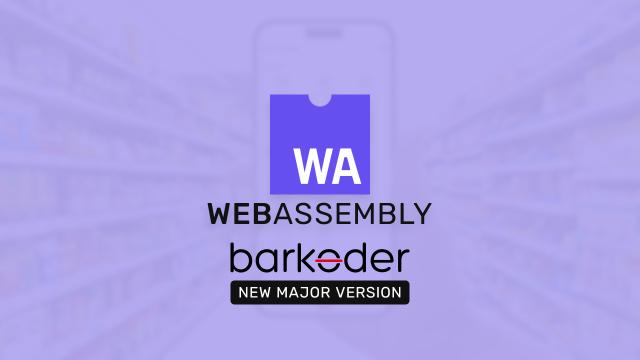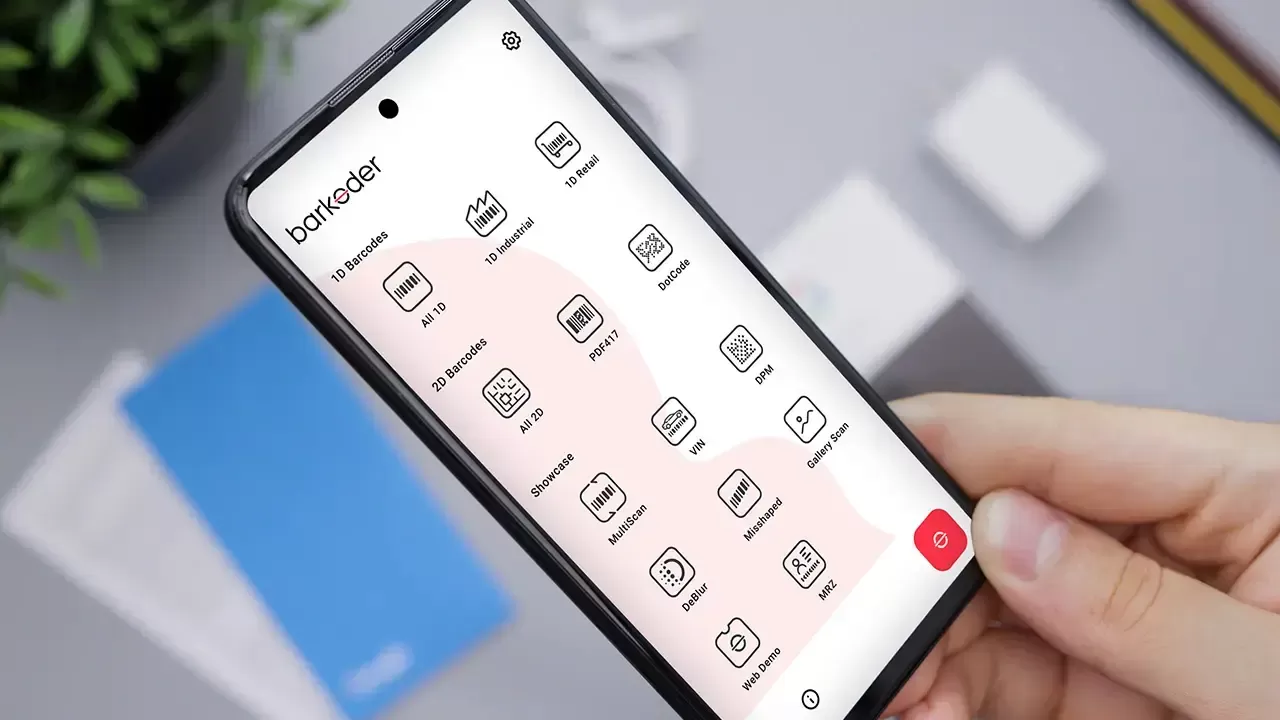
Statistics on self-checkouts and self-scanning in Swedish grocery stores.
The statistics discussed in this blog highlight the growth in the adoption of self-scanning and self-checkout technologies among grocery stores in Sweden from 2010 to 2016. The data is based on a Statista article and The Star. Over this period, the number of stores offering these services steadily increased year by year, reflecting a broader trend in retail towards automation and customer independence in the checkout process. By the close of 2016, the share of grocery stores in Sweden providing self-scanning or self-checkout had nearly doubled compared to 2010, reaching 25 percent of all stores. This marked a significant shift in how customers were able to interact with retailers, offering them more control over their shopping experience.
Self-scanning and self-checkout systems enable customers to independently handle the payment process for their purchases, scanning and paying for items without direct assistance from store staff. These systems are part of a larger global movement toward streamlining the retail experience, aimed at improving convenience, reducing wait times, and potentially lowering operational costs for retailers.
For customers, self-scanning offers flexibility and speed, particularly during busy hours when traditional cashier lines can become congested. Customers can scan items as they shop, bagging them immediately and completing the payment process at a designated kiosk without needing to wait in a queue. This convenience appeals to time-conscious shoppers who prioritize efficiency in their grocery trips.
From a retailer's perspective, the adoption of self-checkout systems can offer several potential benefits. These systems are often marketed as a way to reduce staffing requirements, allowing stores to operate with fewer employees while maintaining a high level of service. In theory, by implementing self-checkout, grocery stores can redirect staff to other essential areas of the store, such as stocking or assisting customers on the sales floor, thereby enhancing the overall customer experience.
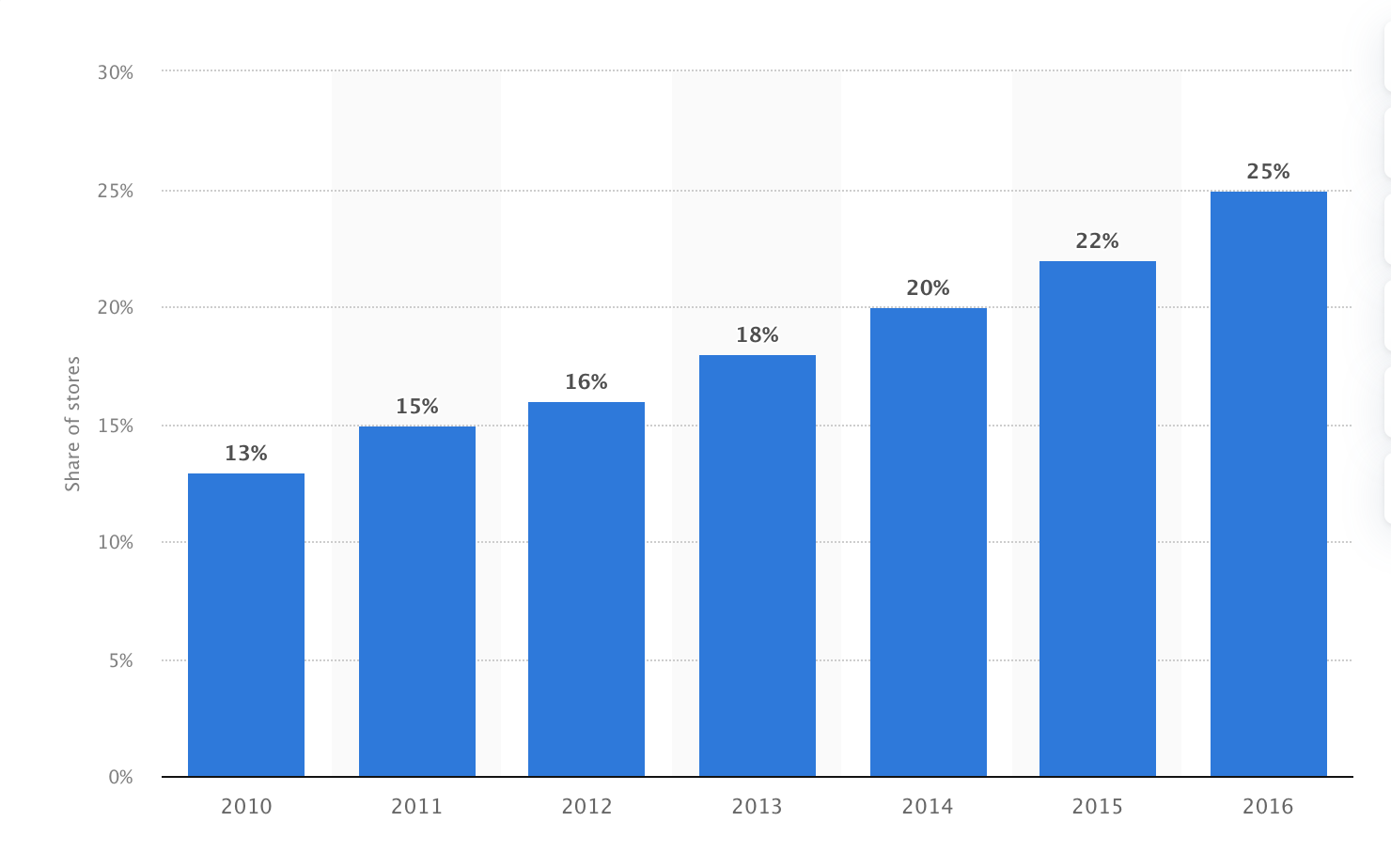
IKEA and grocery retailers lead the way
Early survey results indicated that IKEA and the grocery retail sector are significantly ahead in adopting mobile app self-scanning technology. To gain deeper insights into their experiences, we conducted in-depth interviews with IKEAand major grocery chains, exploring their use of mobile scanning systems.
These interviews provided valuable information on the extent to which mobile scanning technology is being utilized at IKEA, offering a comprehensive view of its implementation and effectiveness in streamlining the customer experience.
Mobile scanning is used globally
IKEA has implemented mobile app scanning in 30 countries worldwide. According to the company, its Scan & Go feature within the IKEA mobile app allows customers to check out 65% faster compared to traditional self-checkout methods. In the interviews, IKEA also revealed that customer satisfaction has increased by 1.3 times when using the app for checkout. Additionally, we conducted in-depth interviews with grocery retailers who have adopted mobile scanning technology, providing further insights and allowing us to benchmark our findings against industry trends.
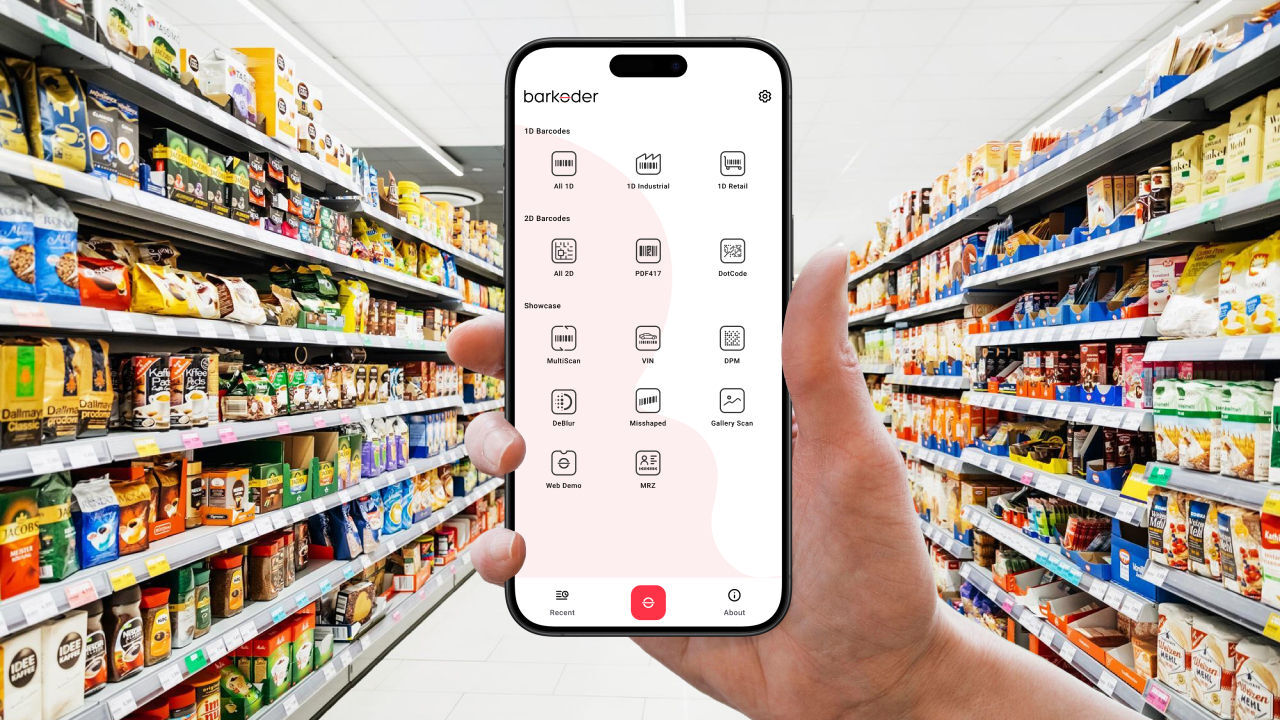
Theft is a number one concern
An increasing number of grocery store owners in Sweden are considering abandoning the self-scanning checkout system in their stores due to an increase in thefts, particularly when it comes to meat and meat products.
The overall value of the stolen goods reached 4.5 billion Swedish kronor (434 million U.S. dollars) in 2021, which when compared to 2018 is an increase of over 20 percent, according to the Swedish newspaper Dagens Nyheter (DN).

A shopkeeper in Stockholm, Sweden, recently decided to remove the self-scanning points from his store within a year of implementing the system due to a significant rise in theft. Ulf Svensson, the manager of an ICA store, one of Sweden's largest grocery chains, shared with DN that theft was the primary reason behind this decision. He reported that losses due to theft had doubled, reaching 9 million Swedish kronor, which now represents around 4 percent of the store's annual turnover.
Svensson explained that some customers "forget" to scan items, ranging from plastic bags to high-value products like meat and whitefish roe. While self-scanning wasn't the only source of theft, it contributed enough to warrant its removal. Additionally, contrary to expectations, the system didn’t reduce labor costs. "We had to keep express checkout points constantly staffed to assist customers with technical issues, so we haven't saved any working hours," Svensson said.
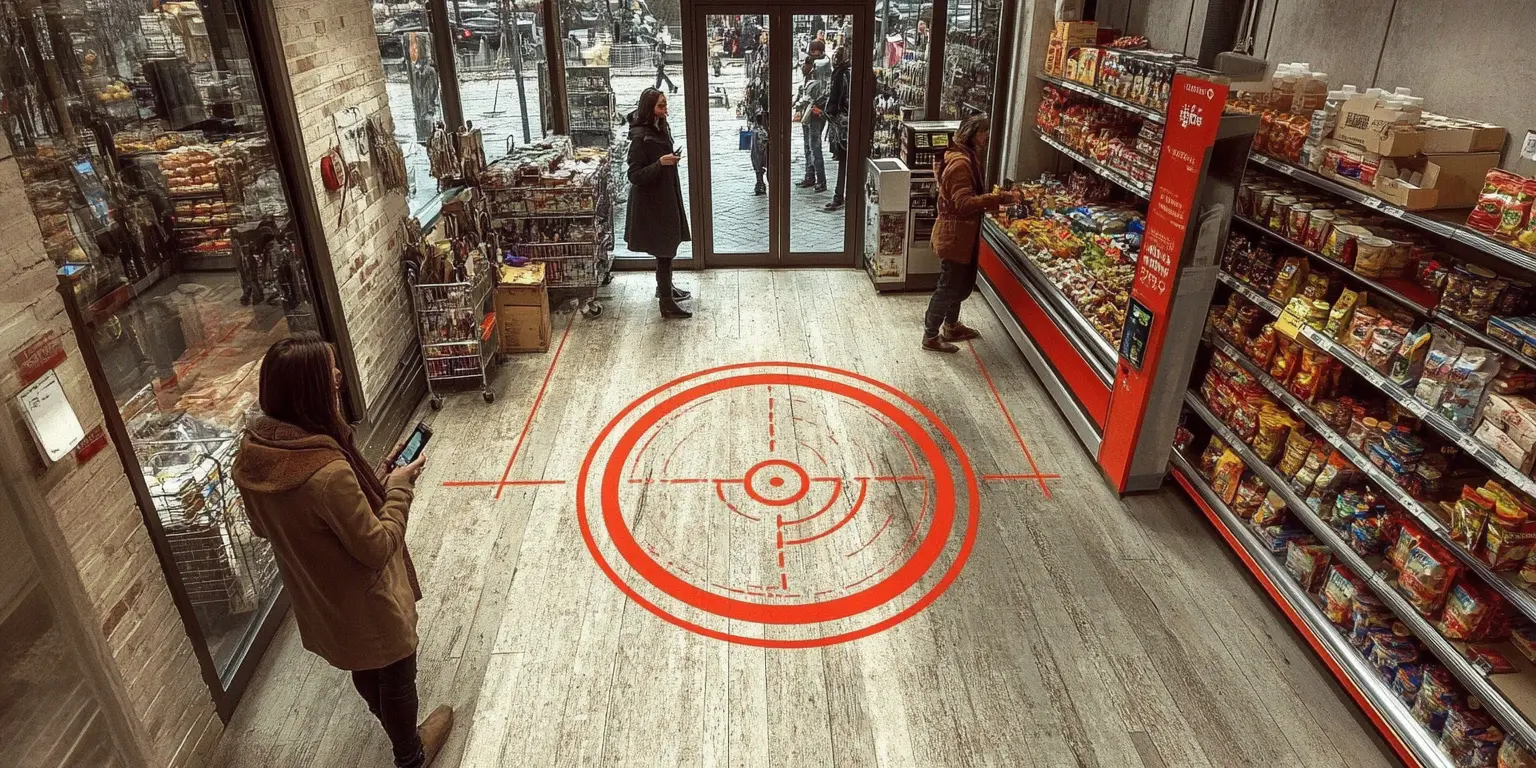
Despite the rising inflation, which saw food prices increase by 22.1 percent over the past year, Svensson believes that organized crime poses a greater challenge. Per Bygdeson, CEO of Livsmedelshandlarna, a trade organization for grocery store owners, suggested that more stores may follow Svensson’s lead shortly.
(Note: 1 Swedish krona = 0.096 U.S. dollar)





